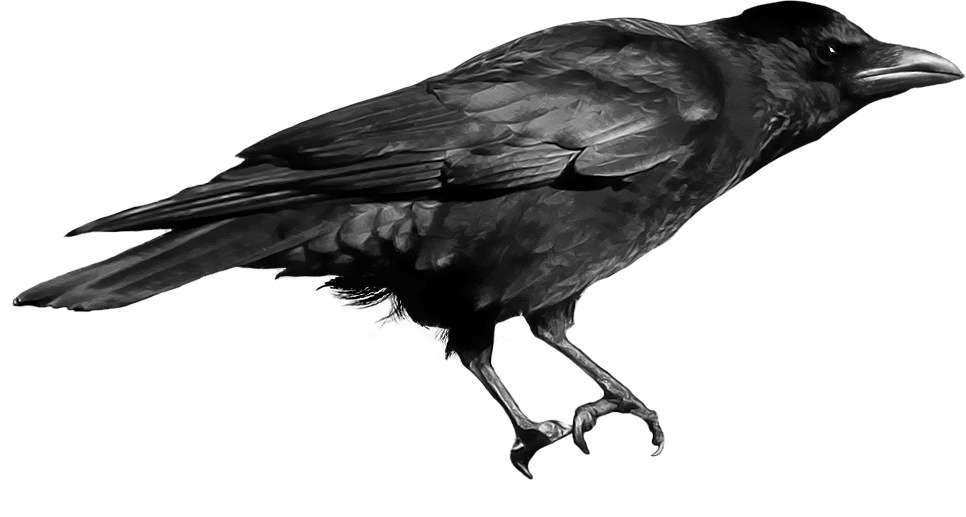BlackBird Operator

I recently watched the point-free or
die video that was posted on the
Haskell Discord channel. There was an interesting refactor that was done that I
figured was a good topic to dive deeper into. It revolves around something
called the blackbird which is a Smullyan
combinator, and can be
thought of as the “composition of compose(.) and compose(.)”.
Blackbird operator
(.:) :: (c -> d) -> (a -> b -> c) -> a -> b -> d
(.:) = (.) . (.)
I will get to how this operator is useful, but we’ll need to start at the beginning. During the video, they decide they need to create a function that gets the sum of the lengths in a list of lists.
totalNumber xs = sum $ map length xs
Prelude> xs = [[1,2],[3]]
Prelude> totalNumber xs
3
We can refactor this into point-free style
totalNumber = sum . (map length)
It would be nice to generalize this over all functions f instead of
length
aggregate f = sum . (map f)
However, that generalization breaks the point-free style we got with
totalNumber. We can play around and refactor this (like in the video) to get
it a little closer to something that looks like point-free.
aggregate f = sum . (map f)
aggregate f = (.) sum (map f)
aggregate f = (.) sum $ map f
aggregate = (.) sum . map
aggregate = ???
To refactor this, you can get familiar with operator sections. A basic example is:
(1+) == (+) 1 == \x -> 1 + x
Just looking at our function we see:
(.) sum == (sum .) == \f -> sum . f
Now we can finally write this in a (really ugly) point free way
aggregate = (sum .) . map
I think this is where knowledge of the blackbird’s existence has to come into play, so I’ll just post the combinator here.
\f g x y -> f (g x y)
You could probably just get this same combinator by refactoring aggregate, but
the intuition to do so seems very unlikely unless you already knew you had
blackbird as a goal. Also a combinator is just a lambda expression that refers
only to its arguments and nothing outside of the lambda.
How does aggregate = (sum .) . map become \f g x y -> f (g x y)? Well, let’s
expand it and see:
aggregate = (sum .) . map
aggregate = (.) sum . map
aggregate f = (.) sum $ map f
aggregate f = (.) sum (map f)
aggregate f = sum . (map f)
aggregate f = sum . map f
aggregate f xs = sum $ map f xs
aggregate f xs = sum (map f xs)
You can see that
aggregate f xs = sum (map f xs)
= \f xs -> sum (map f xs)
is of the form \f g x y -> f (g x y). You should recognize here that we arrive
back at our original implementation of aggregate by doing this exercise:
aggregate f = sum . (map f)
aggregate f xs = sum (map f xs)
So here is that intuition that I referred to earlier. We, at two points in our exercise, arrived at something that should inform you that the blackbird can be used.
aggregate f = sum . (map f) -- of the form \f g x y -> f (g x y)
aggregate = (sum .) . map -- of the form (f .) . g
Any position you find yourself in where you have a function that can fit one of these forms, you can intuit that blackbird can be used to create a point-free version that is easier to read (given that you’re familiar with blackbird in the first place).
To make it easier to read, let’s use that infix operator we showed at the
beginning of the post. Creating this symbol for the blackbird (.:), we have
the following relationship
(.:) = \f g x y -> f (g x y)
= \f g -> (f .) . g
However, if you remember from the beginning of this post - blackbird looks like
(.) . (.). How does one get from (f .) . g to this final result? Consider
the following reduction.
(.:) = \f g -> (f .) . g
(.:) = \f g -> (.) (f .) g
(.:) = \f g -> (.) (f .) $ g
(.:) = \f -> (.) (f .)
(.:) = \f -> (.) ((.) f)
(.:) = \f -> (.) $ (.) f
(.:) = (.) . (.)
Now we can apply this to our aggregate function
aggregate f xs = sum (map f xs)
aggregate = (sum .) . map
-- final form
aggregate :: Num c => (a -> c) -> [a] -> c
aggregate = sum .: map
There you have it, creating a point-free version of our original function using the infix operator form of the blackbird combinator.